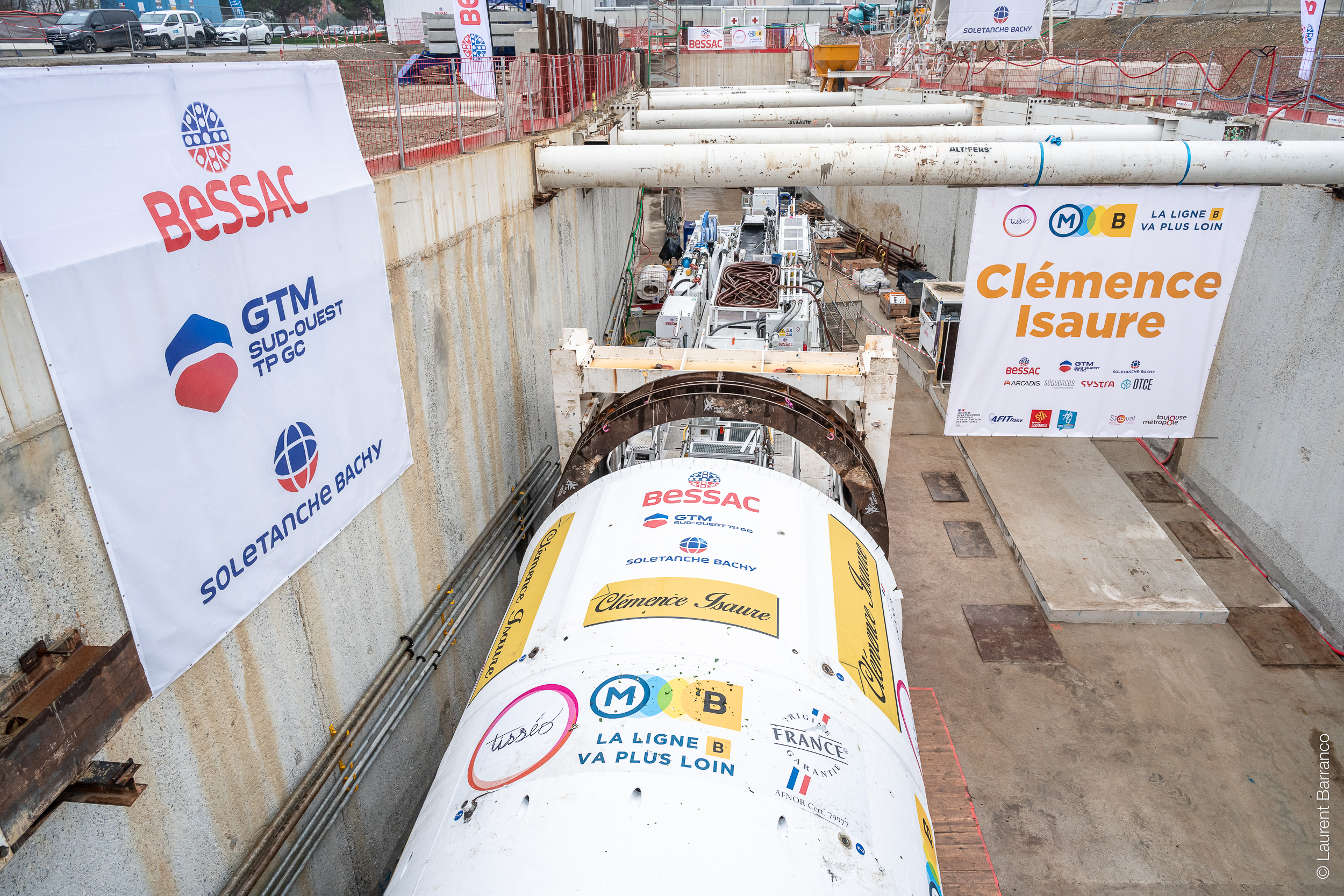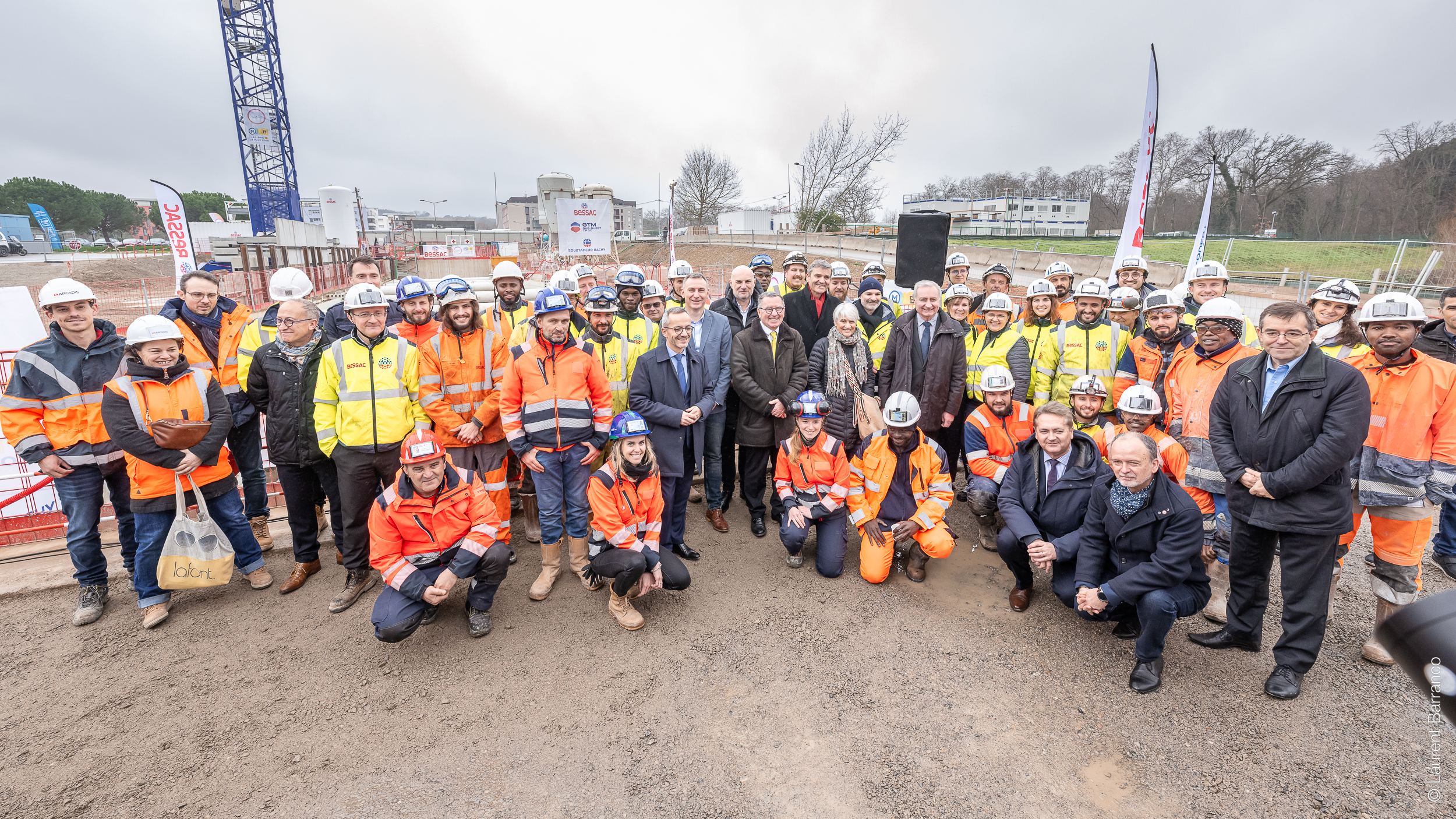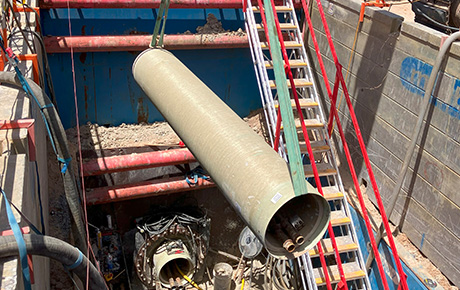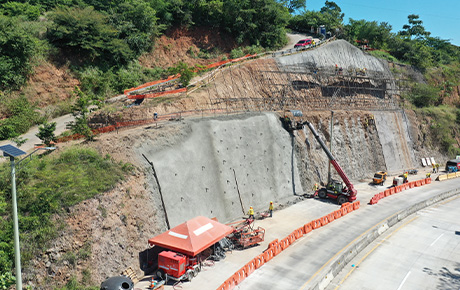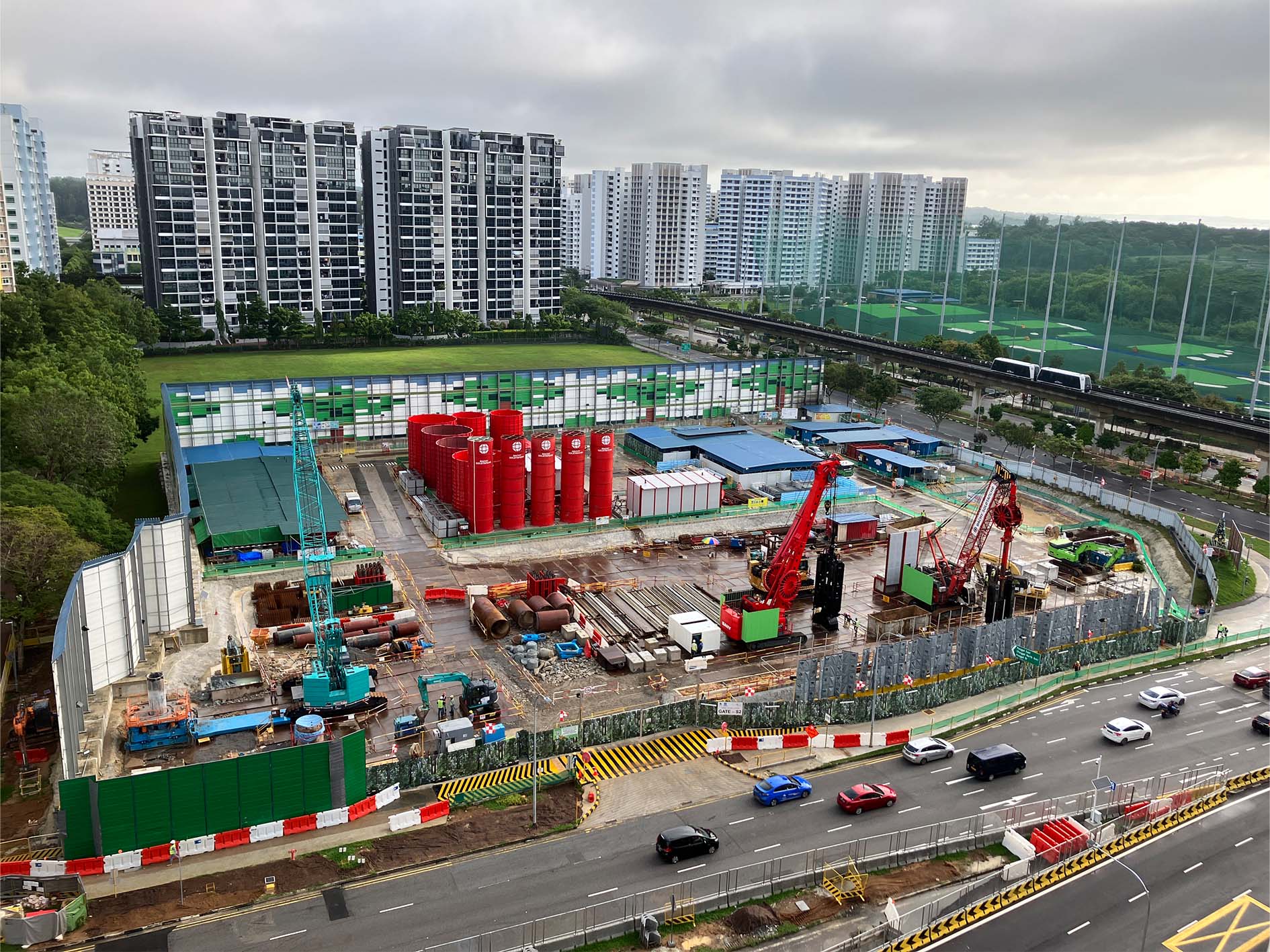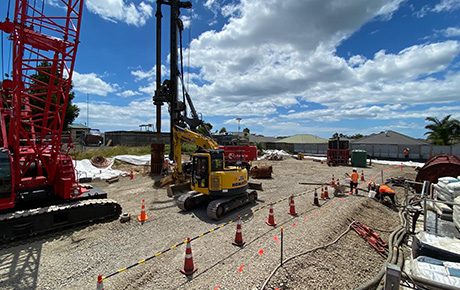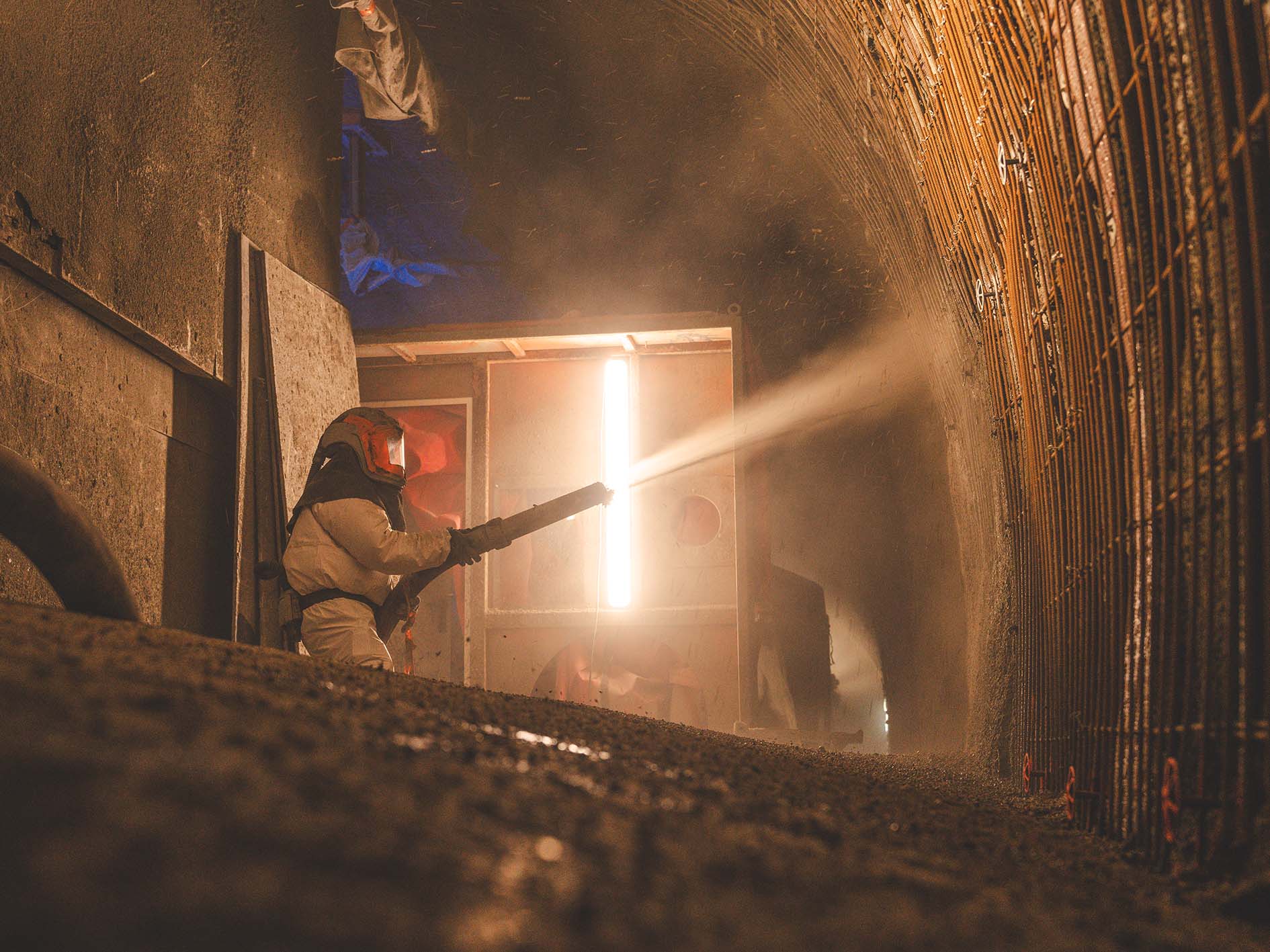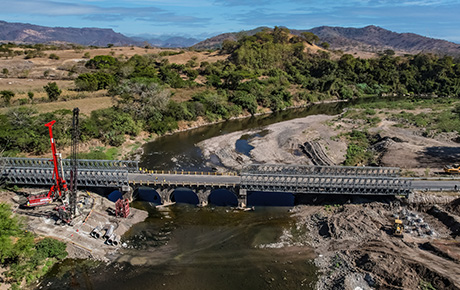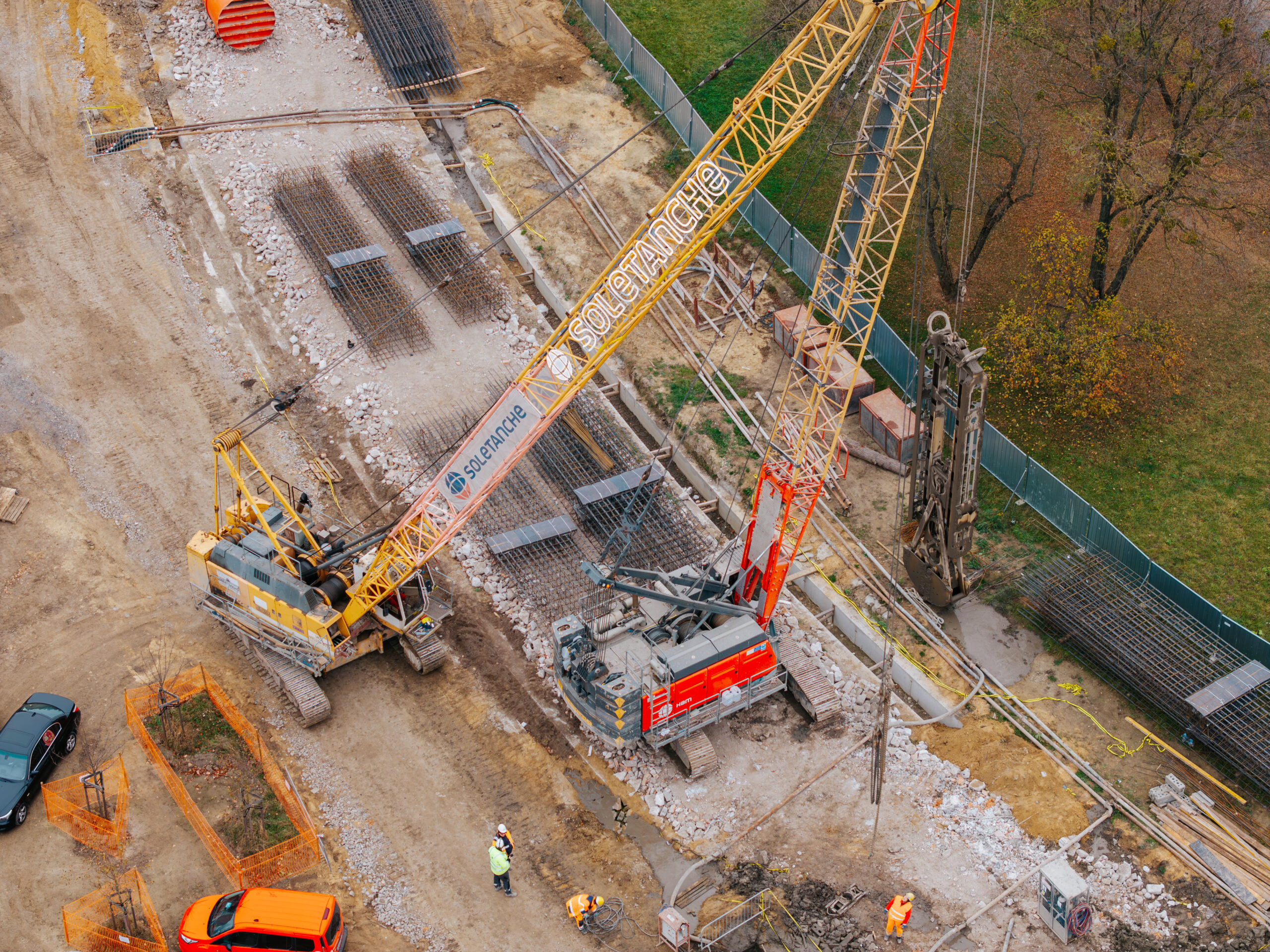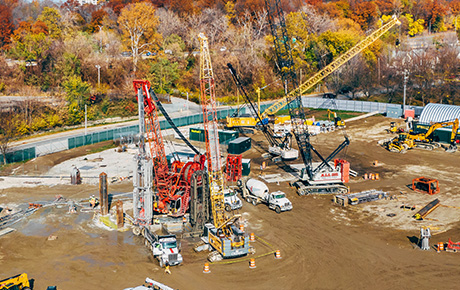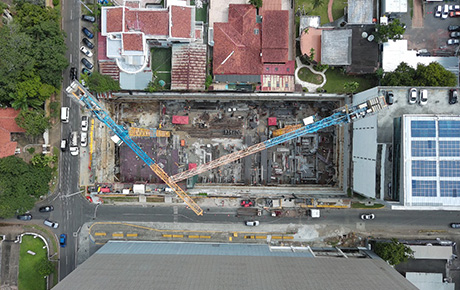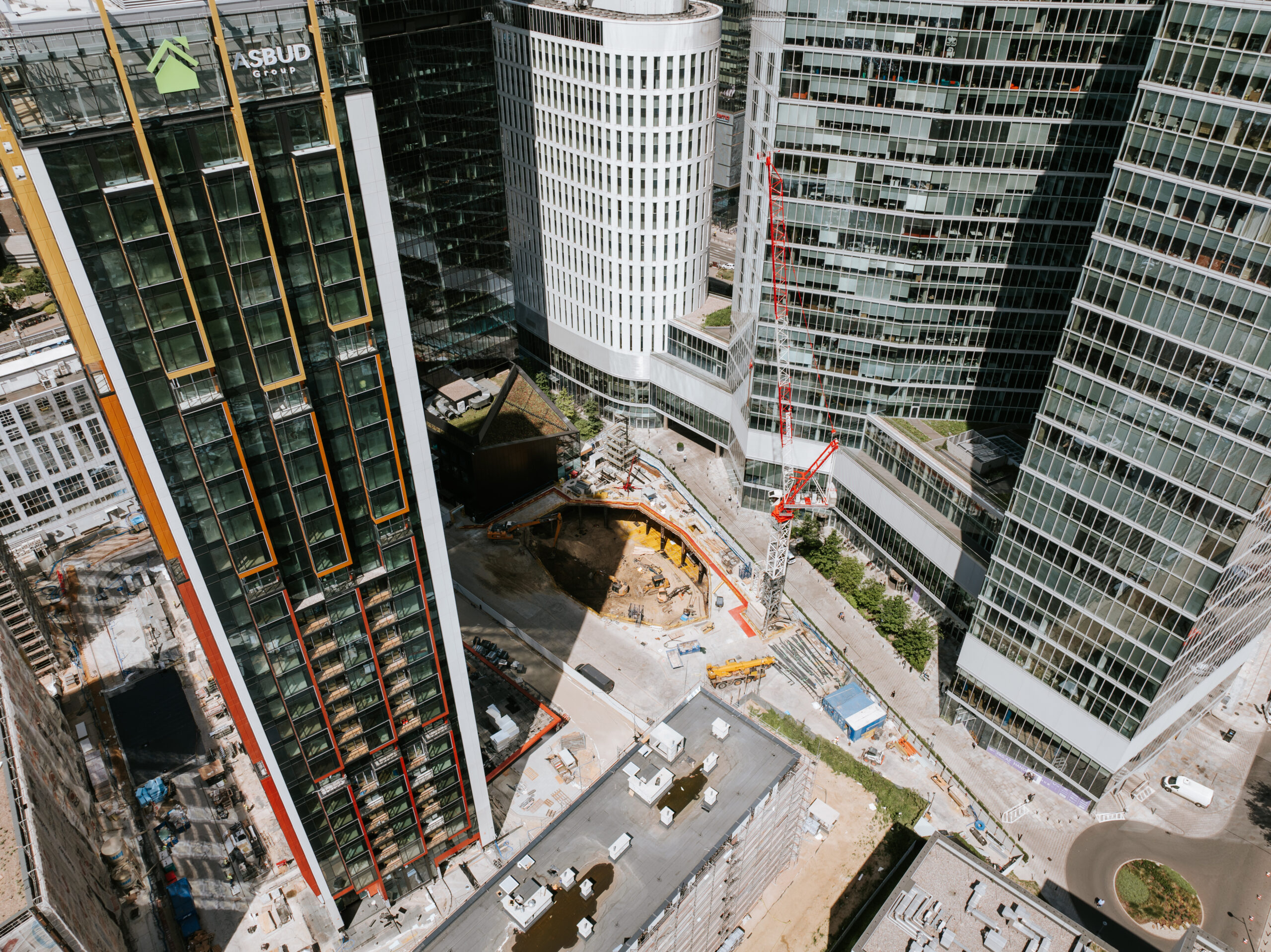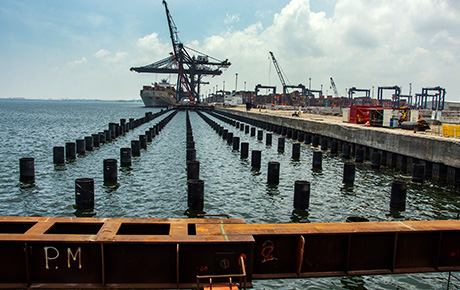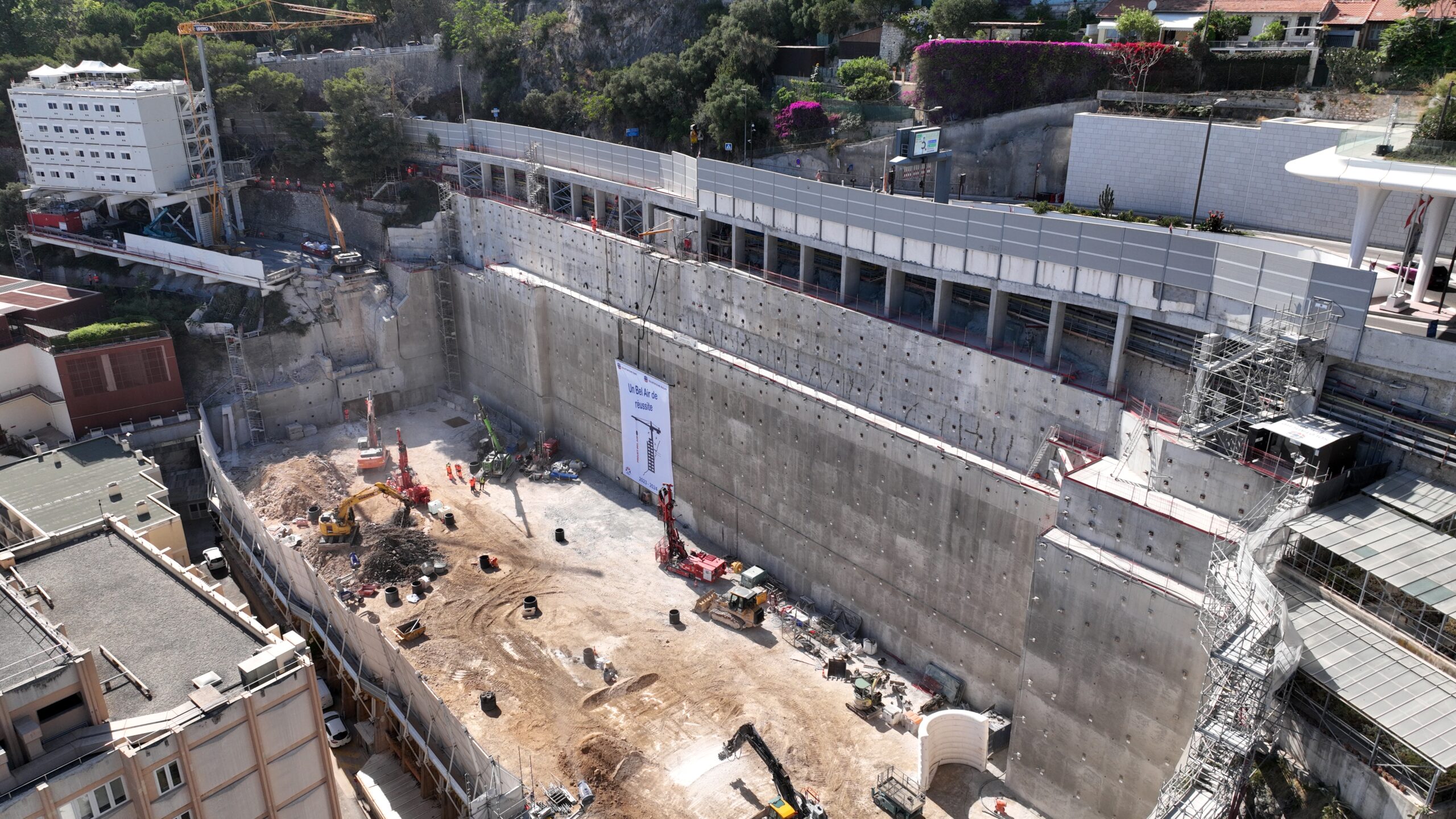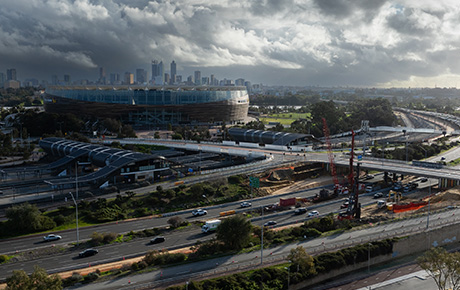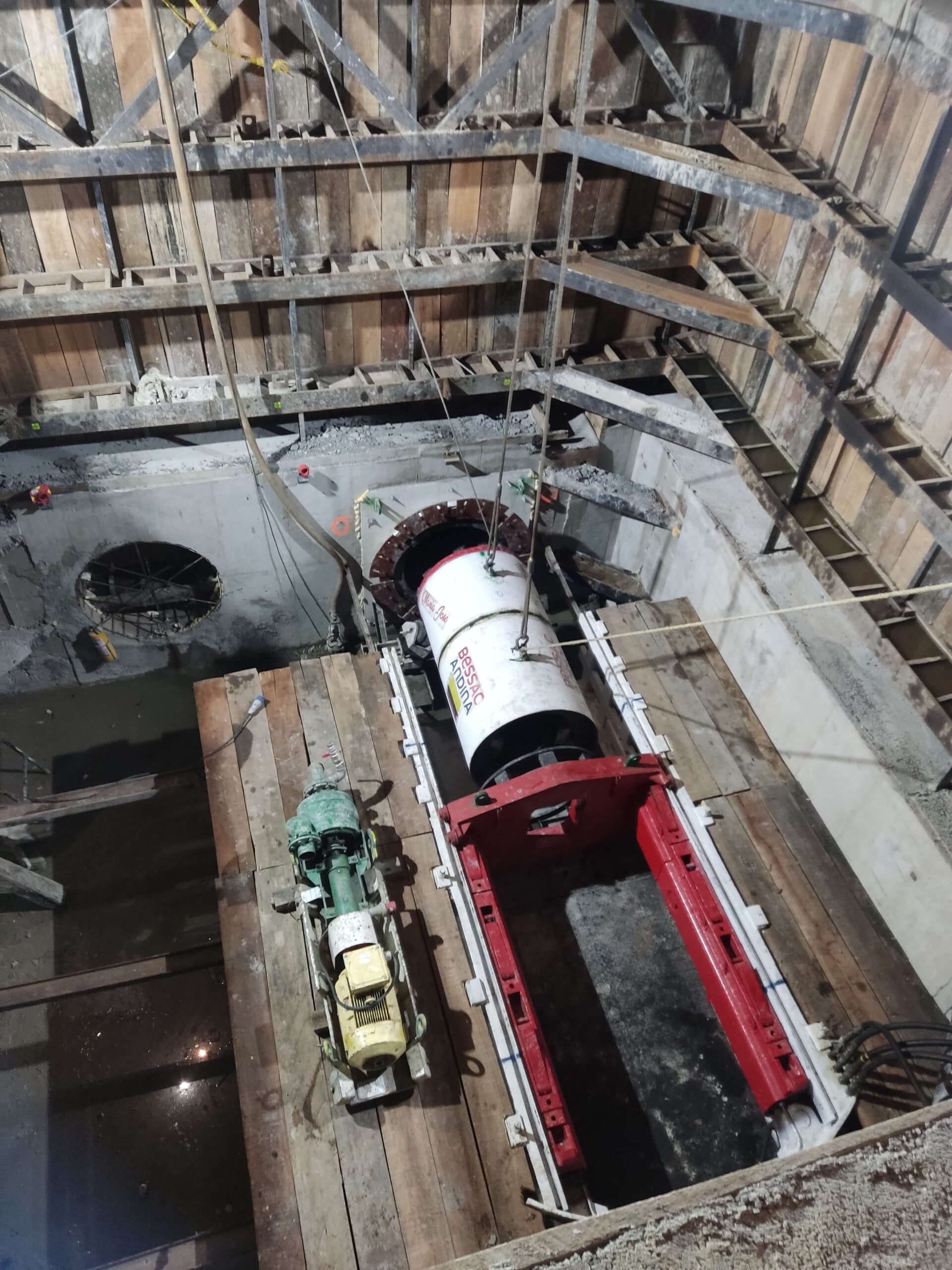09/02/2024
In Toulouse, Bessac is building 2 tunnels on metro line B using EXEGY® ultra-low-carbon concrete!
On February 2, the Clémence Isaure TBM, manufactured by Bessac, was christened and set off on the extension of line B of the Toulouse metro. To mark this key moment in the project, let’s focus on a major first: Bessac’s teams are producing the tunnel’s 2,850 segments in EXEGY® by Bessac ultra-low-carbon concrete made from locally sourced metakaolin!
Bessac is leader of the consortium formed with GTM Sud-Ouest TP GC and Soletanche Bachy France for the construction of the underground structures of Connexion Ligne B (CLB). These include two single-tube tunnels, each 250 m long and with an internal diameter of 4.66 m, which form a double metro track with a reduced right-of-way under the Canal du Midi.
Bessac’s teams will produce all 2,850 tunnel segments in EXEGY® by Bessac ultra-low-carbon concrete. And for the first time on the segments, thanks to the support of VINCI Construction and Soletanche Bachy’s Materials Departments, 55% of the cement clinker used in the concrete has been replaced by a mixture of limestone filler and metakaolin.
This innovation makes it possible to reduce the CO2 emissions linked to the concrete used for the segments by around 40% compared with traditional concrete. All this at equivalent prices and with performance in line with Tisséo’s customer requirements in terms of strength class (C40/50) and exposure class ensuring durability of reinforcement (carbon dioxide attack) XC2 and chemical attack XA1.
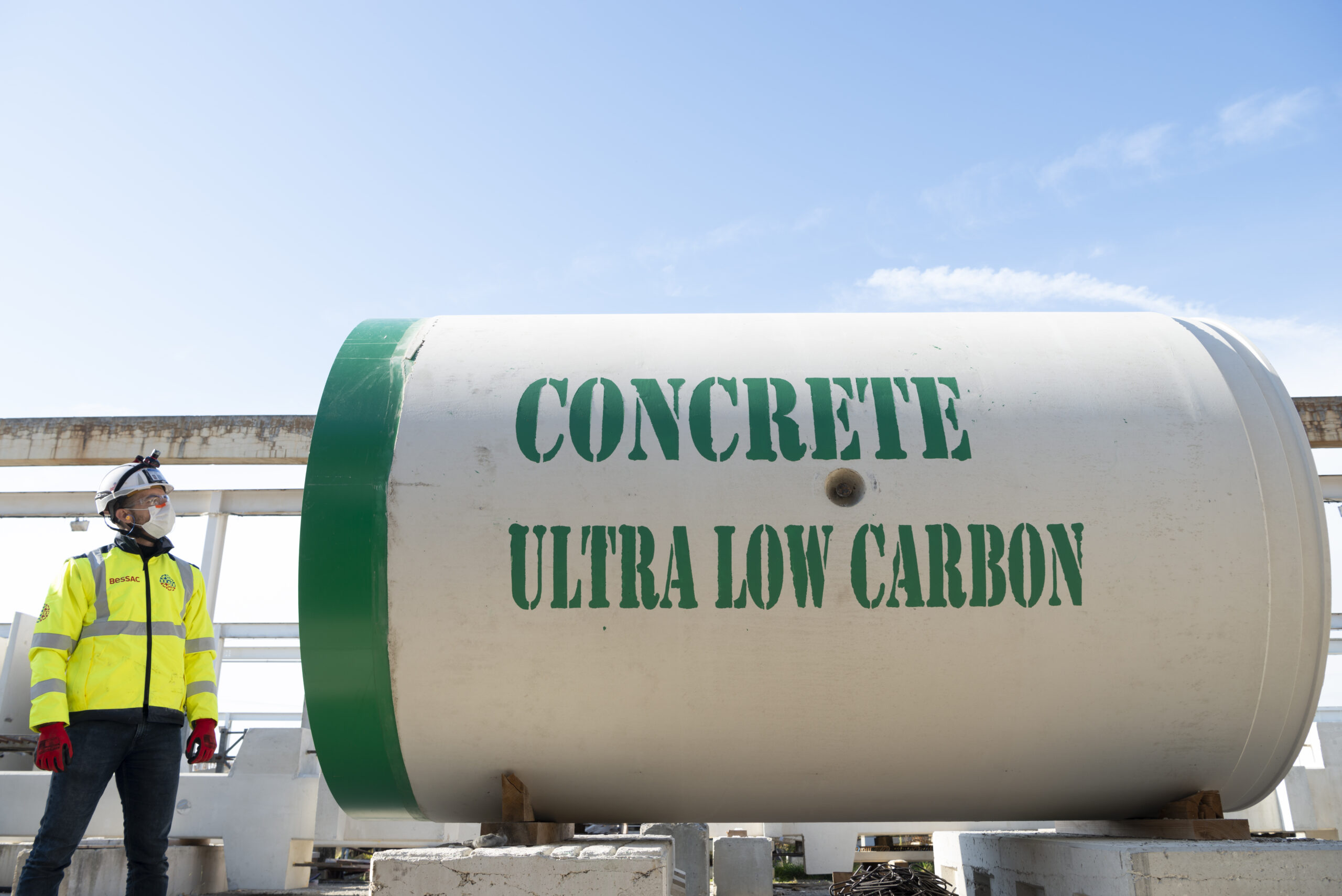
Where does Concrete’s carbon footprint come from?
- Cement is responsible for 85% of concrete’s CO2 emissions, even though it represents only 12% of its composition.
- This cement is made from clinker, which has to be heated to over 1,500° to be used, and which produces a large amount of carbon as a result of the chemical reaction during firing.
- To produce low-carbon concrete, clinker must be replaced by binders with a lower CO2 content:
- Industrial by-products: ground granulated blast furnace slag, fly ash, etc.
- Natural materials: pozzolan, calcined clay, limestone filler, metakaolin
Favoring short circuits, from production to assembly.
In choosing to use metakaolin, Bessac has opted for a natural resource exploited by a local company less than 140 km from the site. This company uses a calcination process based on energy recycling.
The other concrete components are also local: limestone fillers and aggregates come from production units located respectfully less than 130 km and 20 km from the worksite. Last but not least, the segments themselves are manufactured in Labège, 10 km from the site.
On the Bessac side, the material is reused. The molds for the segments and the TBM were salvaged from a former waterworks site in Brussels. The TBM was refurbished and named Clémence Isaure, a semi-legendary medieval figure credited with founding the Floral Games in Toulouse in the early 15th century!
Very low-carbon concrete on Soletanche Bachy France structures
The CLB lot also includes two transition structures: the departure and arrival shafts, which provide upstream connections with line B, and downstream connections with the viaduct under construction between Ramonville and Labège.
For this project, Soletanche Bachy France mobilized a KS Grab workshop to produce the 4,600 m² of diaphragm walls, in thicknesses of 500 and 600 mm, for the two trenches required for the TBM’s launch and exit. An Exegy Very Low Carbon concrete formula, developed by Soletanche Bachy’s Materials Department in partnership with the Lafarge-Cemex consortium, was also used for this application. It reduces concrete-related CO2 emissions by 50% compared with concrete using conventional cement.
In addition, consolidation injections were carried out along the tunnel route, very locally, at the level of the passage under the Canal du Midi. The aim of these injections was to limit soil stress release and water intake, by creating a mass of grouts-treated soil in a lens of loose sand identified to a maximum thickness of 10 m, just below the canal.
A project in line with the environmental ambitions of VINCI Construction and Soletanche Bachy
- VINCI Construction objective: 90% low-carbon Concrete on its sites in France and worldwide by 2030.
- Soletanche Bachy objective: -20% of CO2 emissions on Scope 3 by 2030, which concerns indirect emissions linked mainly to concrete and steel.
